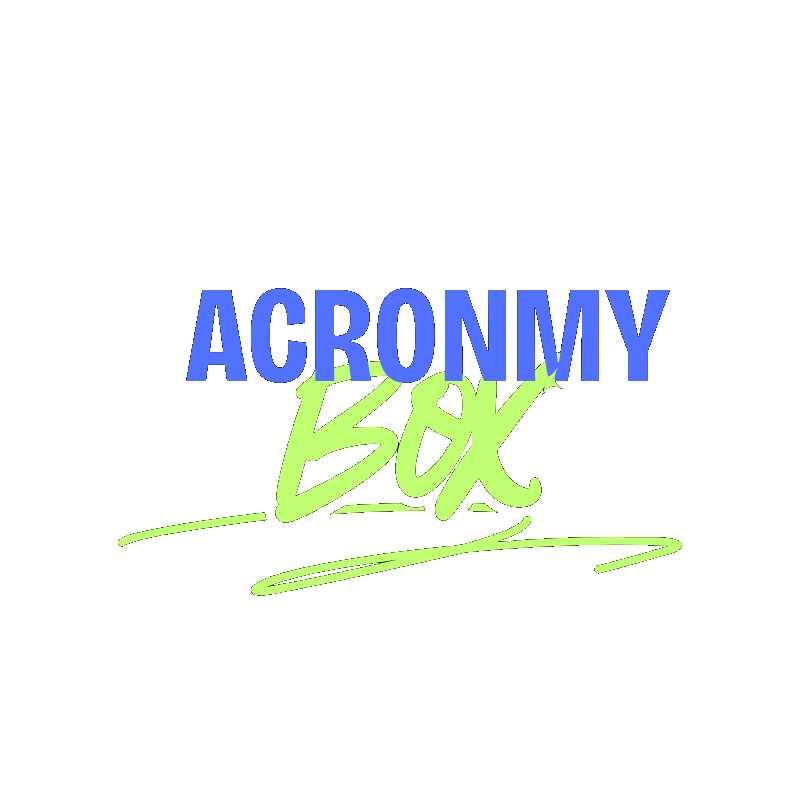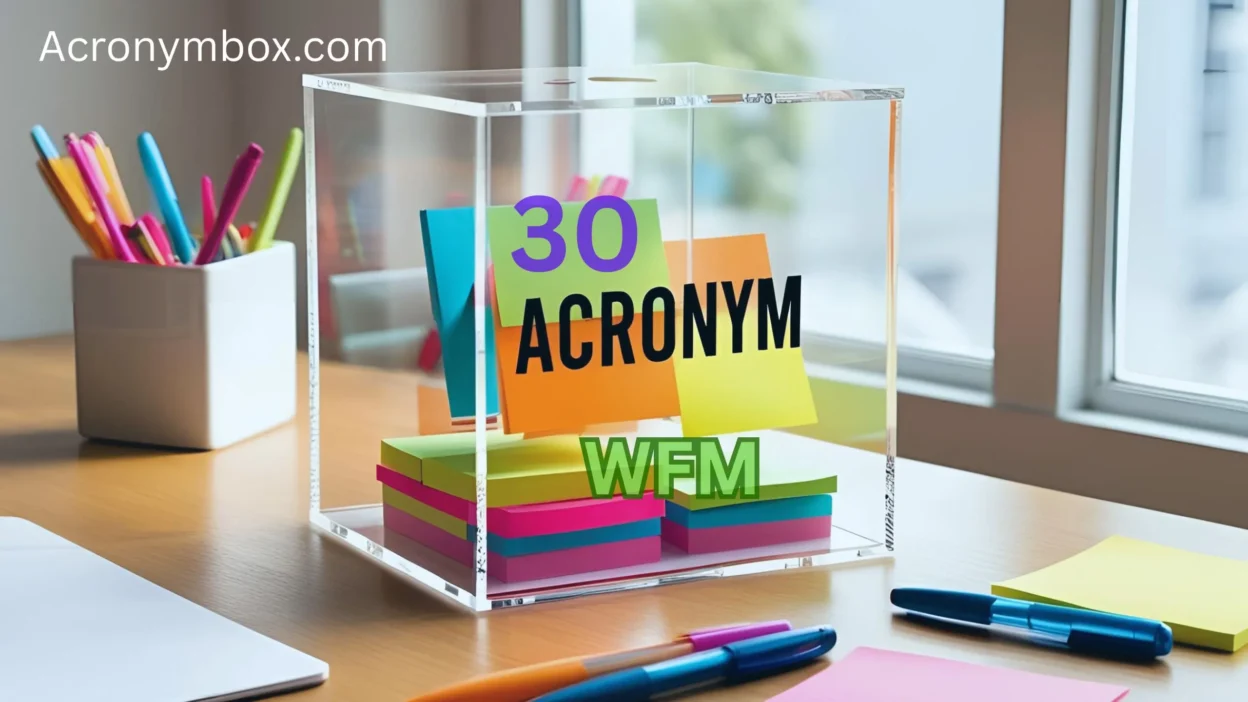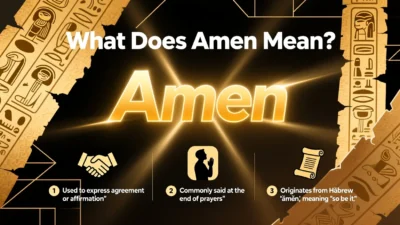You’ve probably seen or heard the term “WFM acronym” pop up in business chats, casual conversations, or on social media. But what exactly does it mean?
At its core, WFM typically stands for “Works For Me.” It’s short, casual, and often used to signal agreement, approval, or a laid-back confirmation—like saying, “That’s fine by me” or “I’m good with that.”
But WFM is more than just a phrase. It represents a tone: one that’s easygoing, flexible, agreeable, and accommodating. Whether you’re texting a friend, replying to a colleague, or responding to a plan, WFM is a go-to for many—especially when you want to show you’re cooperative without sounding overly formal.
In this post, we’ll explore 30 alternatives or synonym-style expressions for the WFM acronym, explain when to use them, and how each one subtly shifts tone and context.
💬 The Essence of WFM
“WFM” is often used in these contexts:
- ✅ Agreeing to a plan
- ✅ Giving the green light
- ✅ Showing you’re okay with a suggestion
- ✅ Letting others know you’re flexible
It gives off a casual, low-pressure, friendly vibe. But depending on the situation—like work emails vs. texting a friend—you might want to say it differently.
🔄 30 WFM Alternatives with Usage Tips
Let’s break down 30 ways to say “WFM,” each with a description, ideal use case, and example sentence:
1. Sounds good
Easy and upbeat.
Use in: casual or informal settings.
“Friday at 2? Sounds good.”
2. That works
Confident and simple.
Use in: friendly work conversations.
“Moving the meeting to 10? That works.”
3. I’m good with that
Slightly more personal and thoughtful.
Use when: you want to express agreement with warmth.
“Pizza tonight? I’m good with that.”
4. Fine by me
Easygoing and neutral.
Use in: laid-back situations.
“Let’s skip the movie and just hang out—fine by me.”
5. No problem
Reassuring and helpful.
Use in: service-related or collaborative settings.
“Can we switch roles? — No problem.”
6. Cool with me
Casual and friendly.
Use in: peer-to-peer texts or relaxed environments.
“You lead the group project? Cool with me.”
7. Okay by me
Flexible and agreeable.
Use when: someone is checking in for your approval.
“I’ll bring snacks. Okay by me.”
8. Sure thing
Optimistic and quick.
Use when: giving a go-ahead with energy.
“Can I take the lead on this one? — Sure thing.”
9. All right
Neutral and accepting.
Use for: quick approvals.
“We’ll go ahead with Plan B. — All right.”
10. I’m on board
Supportive and committed.
Use in: team settings or collaborative projects.
“Let’s try the new app. — I’m on board.”
11. Absolutely
Strong, enthusiastic approval.
Use when: showing excitement.
“Want to join us for dinner? — Absolutely!”
12. Go for it
Encouraging, informal.
Use for: giving someone permission.
“Mind if I take the last piece? — Go for it.”
13. I’m in
Committed and team-friendly.
Use when: joining a plan or activity.
“We’re hiking Saturday. — I’m in.”
14. Sure
Quick, minimal, informal.
Use in: texts or brief replies.
“You okay with that plan? — Sure.”
15. Let’s do it
Energetic and collaborative.
Use for: planning or initiating.
“Group study session tonight? — Let’s do it!”
16. Yup, works
Very casual.
Use when: texting or informal chats.
“Thursday morning? — Yup, works.”
17. Agreed
Professional and brief.
Use for: work environments or formal responses.
“We’ll extend the deadline. — Agreed.”
18. Alrighty
Playful and warm.
Use in: friendly interactions.
“Lunch at noon? — Alrighty.”
19. Why not?
Casual, open-minded.
Use for: spontaneous plans.
“Want to try that new place? — Why not?”
20. Copy that
More technical, often used in logistics or task confirmations.
Use for: acknowledging a directive.
“Switch to plan C. — Copy that.”
21. No objections
Formal or polite.
Use in: meetings or collaborative emails.
“Let’s adjust the scope. — No objections.”
22. Let it ride
Laid-back, go-with-the-flow.
Use for: informal, relaxed tone.
“We’ll just keep it simple. — Let it ride.”
23. Whatever works
Flexible, hands-off.
Use when: you’re fine with any outcome.
“Zoom or in-person? — Whatever works.”
24. We’re good
Reassuring.
Use when: confirming all’s clear.
“Need more input? — No, we’re good.”
25. I don’t mind
Polite and neutral.
Use when: showing flexibility.
“Want to sit inside or out? — I don’t mind.”
26. If that’s easier
Considerate and supportive.
Use when: deferring to someone else’s needs.
“Let’s reschedule if that’s easier for you.”
27. I’m flexible
Open-minded, helpful.
Use in: scheduling or planning.
“Want to meet this week? — I’m flexible.”
28. Go ahead
Permissive and brief.
Use when: giving the green light.
“Mind if I send it early? — Go ahead.”
29. I’ll go along with that
Agreeable but slightly hesitant.
Use when: not fully committed but okay.
“Let’s take the scenic route. — I’ll go along with that.”
30. That’s fine
Neutral and accepting.
Use in: polite conversation.
“We’ll skip the formalities. — That’s fine.”
🧠 How to Choose the Right WFM Alternative
The key to choosing the best version of “WFM” depends on tone, relationship, and context:
| Scenario | Best Alternatives |
| 🧑💼 Professional setting | Agreed, No objections, I’m on board |
| 💬 Casual text/chat | Cool with me, Sure thing, Sounds good |
| 💡 Collaborative team work | I’m in, Let’s do it, I’m flexible |
| 🙋♂️ Giving permission | Go for it, Copy that, Go ahead |
| 🧘♀️ Staying neutral/flexible | Whatever works, I don’t mind, Fine by me |
Keep in mind that culture can affect tone. For example:
- In the U.S., “Sure thing” feels friendly.
- In UK English, “That’s fine” can sometimes sound passive-aggressive depending on tone!
✅ Conclusion
The beauty of the WFM acronym is its flexibility. Whether you’re chatting with a friend, confirming a plan at work, or casually giving the green light, there’s always a way to say “Works For Me” that matches your tone and setting.
By choosing the right expression from the list above, you can stay polite, clear, and emotionally in sync with the people you’re talking to—without sounding robotic or too formal.
So next time you’re tempted to just type “WFM,” consider mixing it up. Language is more fun—and more human—when it flows naturally.




